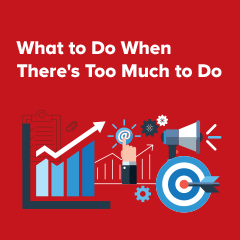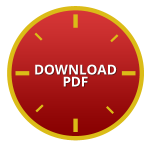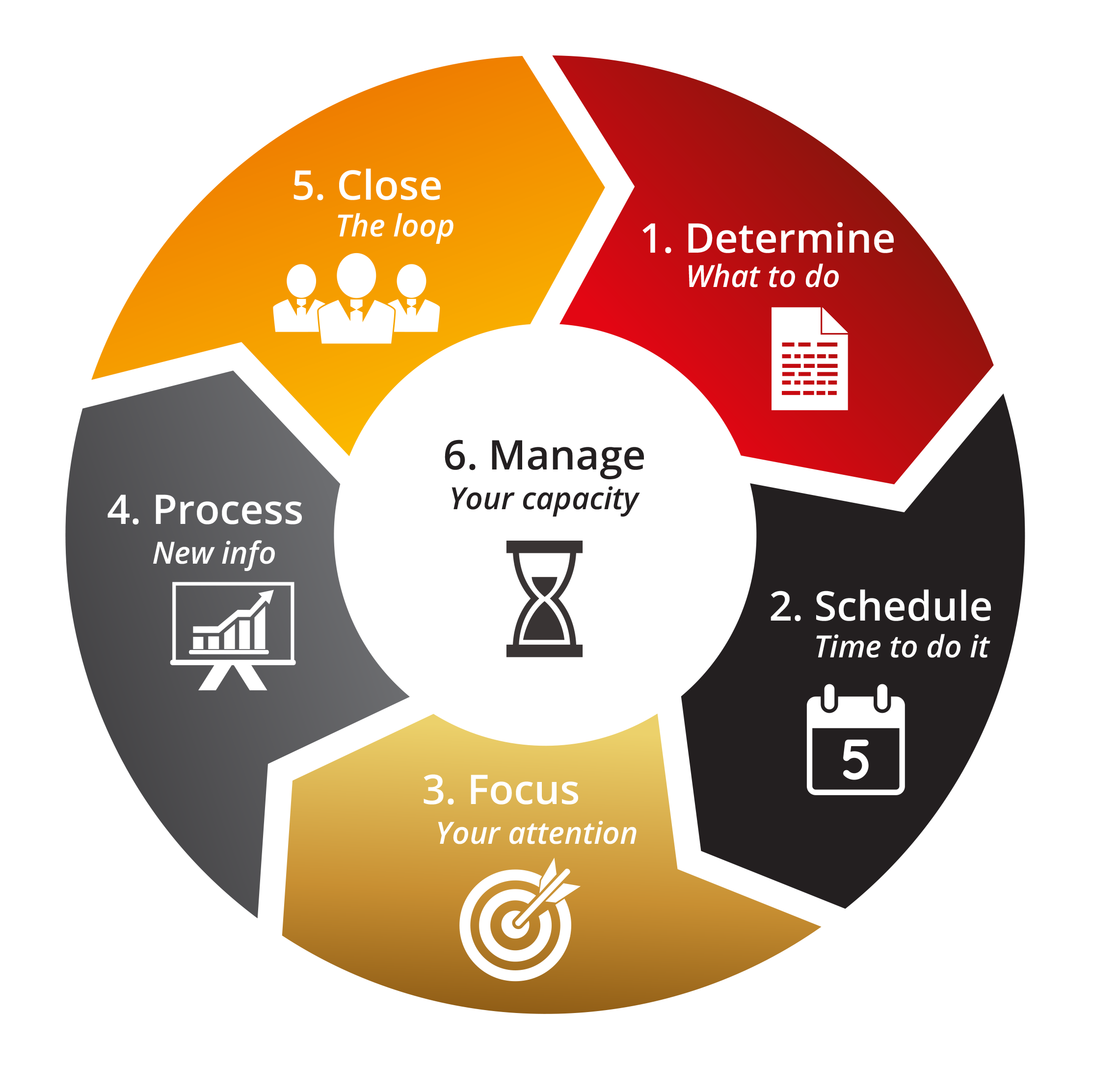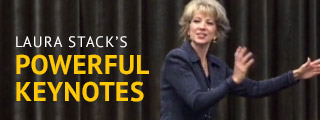 Look at your to-do list. It’s ridiculous. You can’t get all that done. As a skeptical audience member once told author Laura Stack before a presentation, “I don’t want to hear a productivity consultant telling me to do more with less. I want to do less and achieve more.” That’s exactly what Laura offers in this presentation.
Look at your to-do list. It’s ridiculous. You can’t get all that done. As a skeptical audience member once told author Laura Stack before a presentation, “I don’t want to hear a productivity consultant telling me to do more with less. I want to do less and achieve more.” That’s exactly what Laura offers in this presentation.
 You’re never going to save time and increase efficiency by adding more to your bloated list. You need a comprehensive approach that will enable you to organize your life around the tasks that really matter and let go of the ones that don’t. Stack’s innovative, six-step Productivity Workflow Formula (PWF) allows you to spend less time and achieve greater results than you ever thought possible.
You’re never going to save time and increase efficiency by adding more to your bloated list. You need a comprehensive approach that will enable you to organize your life around the tasks that really matter and let go of the ones that don’t. Stack’s innovative, six-step Productivity Workflow Formula (PWF) allows you to spend less time and achieve greater results than you ever thought possible.

Laura shows how to separate the productive wheat from the nonproductive chaff—to hone in on the high-value tasks, protect the time to do them, and focus on their execution. You’ll learn how to scale back—reduce, reduce, reduce is her mantra. You’ll find dozens of ways to shrink your to-do list, calendar commitments, distractions, interruptions, information overload, inefficiencies, and energy expenditures. Each reduction will increase your results and save you time.
STEP 1: Determine what to do. GOAL: REDUCE YOUR TO-DO LIST.
STEP 2: Schedule time to do it. GOAL: REDUCE YOUR OBLIGATIONS.
STEP 3: Focus your attention. GOAL: REDUCE YOUR DISTRACTIONS.
STEP 4: Process new information. GOAL: REDUCE PROCESSING TIME.
STEP 5: Close the loop. GOAL: REDUCE INEFFICIENCIES.
STEP 6: Manage your capacity. GOAL: REDUCE ENERGY EXPENDITURE.
You know you can’t work any harder—if you want to accomplish more you have to work differently. If you can figure out how to be more efficient, more organized, and better focused, you can get greater results in less time (your boss will love you) and get out of the office earlier and home to life you love (your family will love you).
Contact us to today to inquire about your event, theme, location, fees, and availability.

